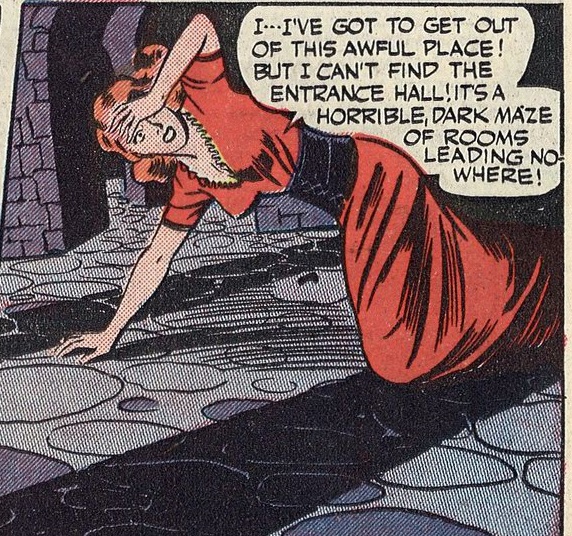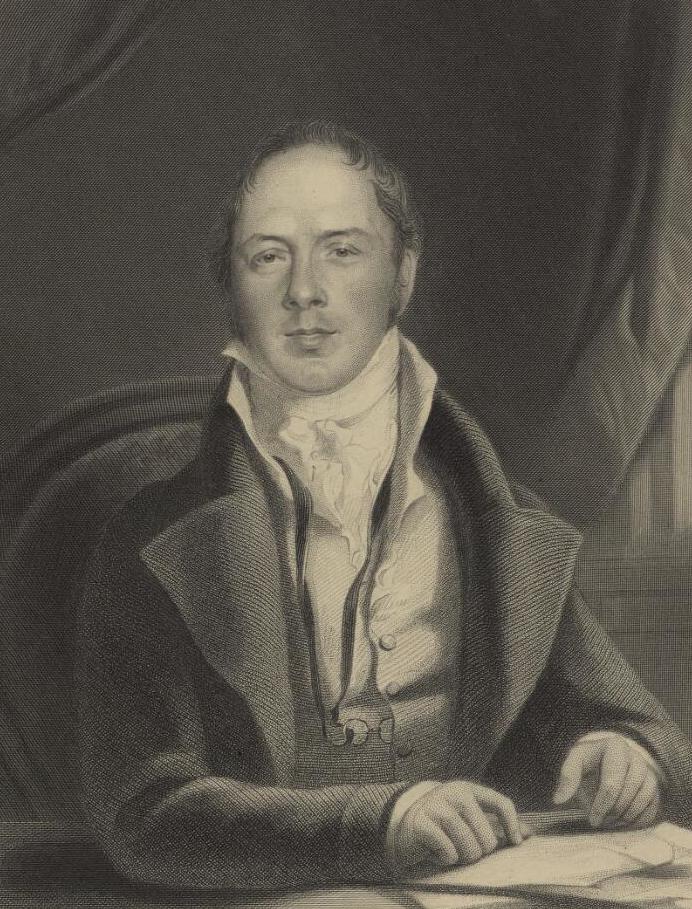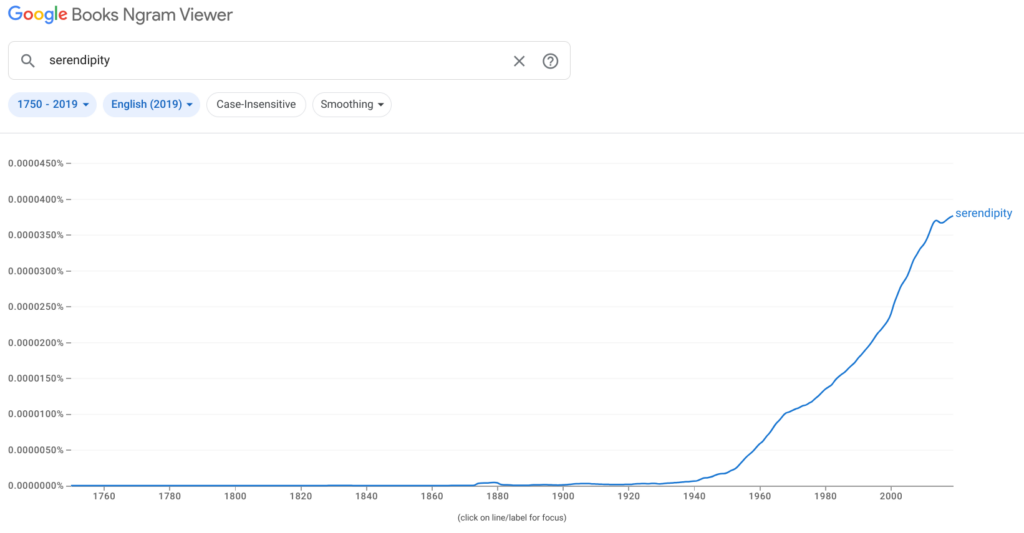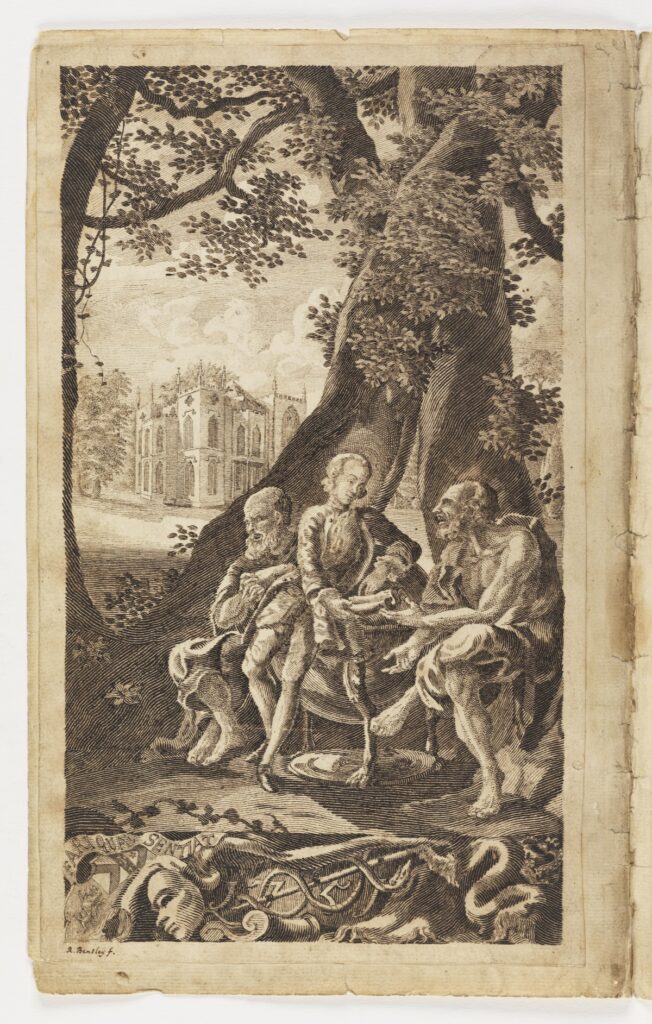“The lower part of the castle was hollowed into several intricate cloisters; and it was not easy for one under so much anxiety to find the door that opened into the cavern. An awful silence reigned throughout those subterraneous regions, except now and then some blasts of wind that shook the doors she had passed, and which, grating on the rusty hinges, were re-echoed through that long labyrinth of darkness. Every murmur struck her with new terror[.]”
Castle of Otranto
The first few days of Back Collapse 2023 were some of the most painful I’ve ever experienced. Moving was stiff and slow as I tried to negotiate moving my body without in any way bending my lower back. Here are a few things I learned during that period
- moving the lower back is an essential part of adjusting oneself in bed, from moving hips to rolling over,
- the internet makes every ailment feel like imminent death or at least cancer,
- between 70-80% of the adult US population will experience chronic back pain at some point in their life,
- typically “throwing out one’s back” will respond to heat/ice and rest and a visit to the physician isn’t strictly necessary the first few days,
- in my case I should have started icing earlier. I used heat because it felt like muscles were tightening up, but the ice was more helpful because there was inflammation and swelling,
After three days I could move enough I could have gone back to work on Thursday, but since we are on 4-day work weeks over the summer I stayed home on Thursday. By the following Monday I’d regained nearly all of my range of motion, though I still felt a little tender.
After a month I was back to my old self.
Except.
Hmmm, how to put this delicately…
My stool was not normal.
The first few days after my back collapsed I was wary about what I ate. Getting to and from the toilet was a major ordeal. Sitting was rife with challenges. For the first few days I did not want to move my bowels.
When I was eventually OK with sitting and shitting I noticed my stool was soft, sometimes watery. Shock to the system, I thought. It’ll pass.
Still the same symptom after a month.
After six weeks I made an appointment with a doctor to figure out what might be going on with my digestive system.
Ugh, doctors. Perhaps that needs an entry of its own.
(to be continued…)






